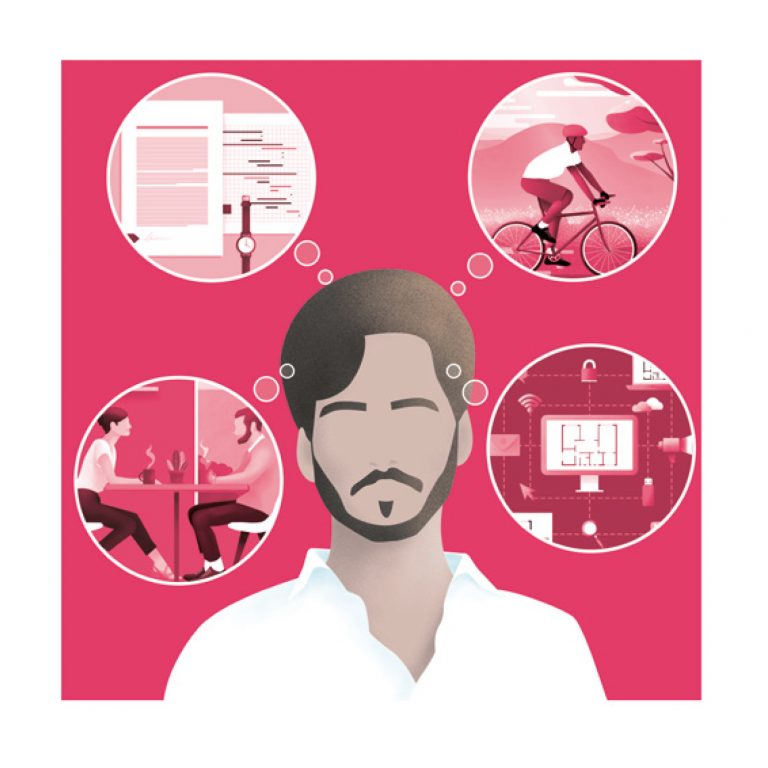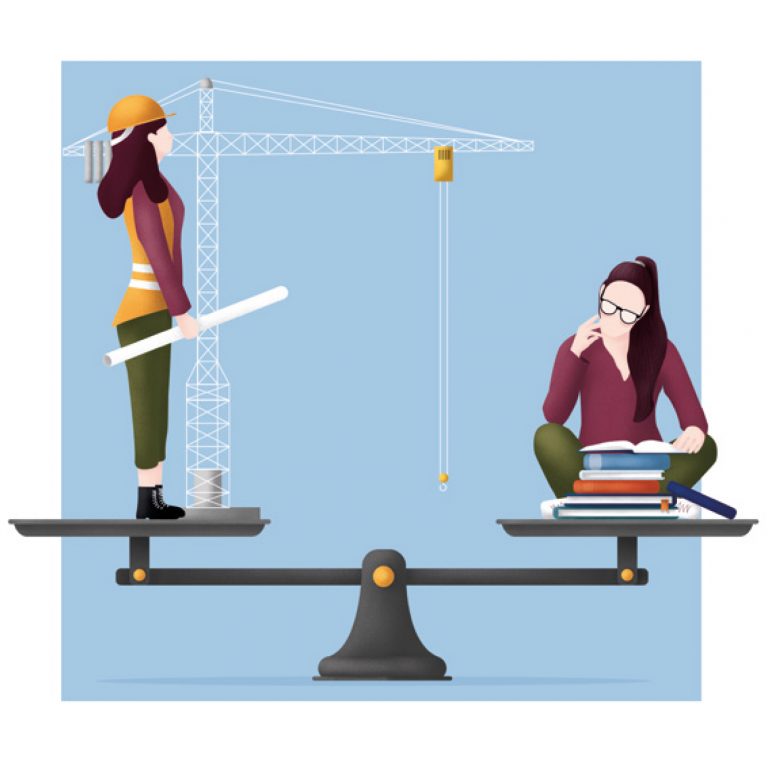Mental health toolkit will tackle stigma head-on
To support good mental health in architecture we need to create responsive and responsible working environments, says Ben Channon in the Architects’ Journal.
The word stigma is defined as ‘a mark of disgrace associated with a circumstance, quality or person’ and, sadly, this sentiment is often still applicable to the issue to mental health. However, it does seem like the dial is beginning to shift, both within architecture and in wider society.

Awareness around mental health within the profession is undoubtedly on the rise. Increasingly, a number of practices and industry leaders are beginning to contribute to the debate, reflecting on what they can do as employers and how they can help improve mental health within the sector as a whole.
And this shift is not just taking place in the UK – I have spoken to architects as far-flung as Melbourne and Minnesota who are keen to improve wellbeing in the industry. In order to steer the current enthusiasm and hunger for change in the right direction, however, it is vital that the right guidance and support are in place.
Seeking to provide this direction for the profession was one of the key drivers for John Assael and I when setting up the Architects’ Mental Wellbeing Forum in 2017. Since then, we have had a lot of help from pioneering architecture firms to create profession-wide buy-in, push the boundaries of debate around architecture and mental health, as well as encouraging some much-needed self-reflection.
It’s no secret that studying and practising architecture can be intense, with the potential to impact on both physical and mental wellbeing. We only have to look at AJ student surveys to witness this. While these strains may have their roots in architectural education, they are continually present in the form of tight design deadlines, stringent client demands and the whims of the wider economy.
However, we believe that, with the right approaches, the impact of these strains can be reduced, resulting in a healthier workplace for all.


Preventing the strain on our mental health is what our ‘Architects’ Mental Wellbeing Toolkit’, which we launched this week, seeks to do. The toolkit sets out clear, concise and easy to implement advice, guidance and support for both individual architects and the practices in which they operate.
The toolkit identifies eight key areas that are vital for creating a healthier work environment. These range from the more holistic aspects of wellbeing, like improving workplace culture, creating a peaceful physical office space and championing the practice of mindfulness, to more direct changes, such as educating staff about mental health and having clear, structured timetables with manageable expectations to support staff’s time management.
The guidance in our toolkit will empower both employers and employees alike, as mental health is now as much a corporate responsibility as it is an individual one.
By improving mental health in architecture and tackling stigma head-on, our profession will enjoy the plethora of positive knock-on effects that happier staff and environments create, be it higher productivity, better staff retention, fewer sick days and even our ability to get creative and solve problems – the very backbone of our profession.
Mental health issues within architecture will not be solved overnight and won’t be fixed by a single practice or architect. If we want to improve the working lives of tens of thousands of architects in the UK, we must, as a profession, begin to lay the foundations for a more conscious and responsive working environment for architects. Our ‘Architects’ Mental Wellbeing Toolkit’ sets out the steps required to build this better environment, but we need you all to make it a reality.
Illustrations by Sian Rearden.
Published in The Architects’ Journal on 20 June 2019.